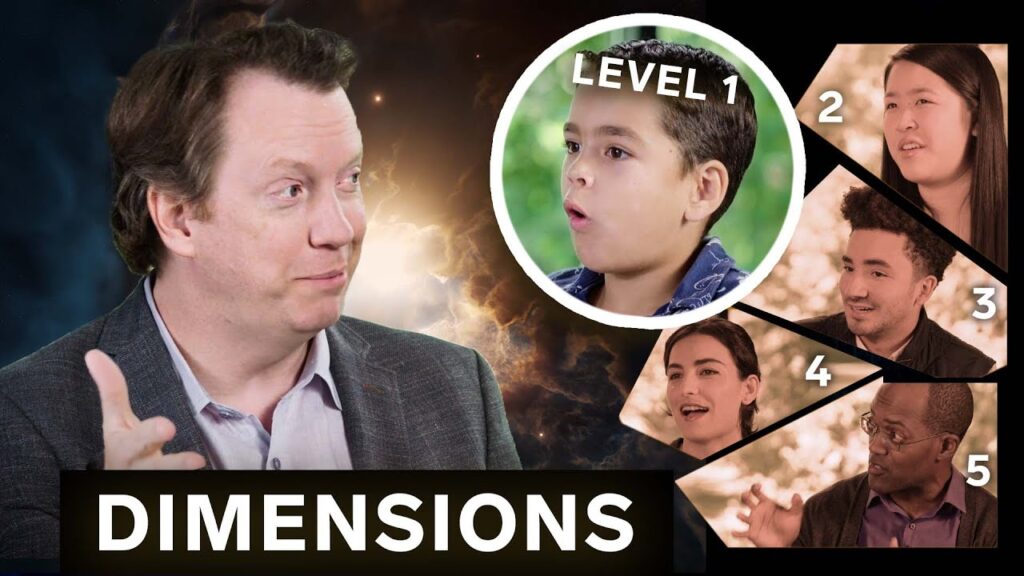The Science of Tongue Twisters: Why Are Some Harder Than Others?
Summary
This article delves into the complexity of tongue twisters and explores why some are more challenging than others. It draws on the expert insights of a linguistic expert who uses ultrasound images to illustrate the physical processes of speech production. We explore the common patterns that make tongue twisters tricky, and the coordination problems that can arise when attempting to vocalize certain sounds. Finally, we discuss the role of accent in tongue twisters.
Table of Contents
- Introduction
- What Physical Processes Make Tongue Twisters Hard?
- What are the Common Patterns in Tongue Twisters?
- What Nerve and Brain Coordination Problems Can Arise in Pronouncing Tongue Twisters?
- Why are Some Tongue Twisters Harder for Certain Accents?
- How to Improve Your Pronunciation with Tongue Twisters
- Conclusion
Introduction
Tongue twisters have entertained people of all ages for centuries. These seemingly simple phrases are designed to trip up even the most confident speaker. But have you ever wondered why some tongue twisters are easier than others, or why they might be more challenging for non-native English speakers attempting an American accent? In this article, we speak with a linguistic expert about the physical and cognitive aspects behind tongue twisters and explore the benefits of pronouncing them correctly.
What Physical Processes Make Tongue Twisters Hard?
The physical processes involved in the production of speech sounds can make tongue twisters particularly challenging. To visualize these processes, our linguistic expert uses ultrasound images of the tongue to show how various sounds are formed. Certain consonants require intricate movements of the tongue and lips to produce, such as “th” and “r,” making them harder for some people to pronounce. Likewise, some vowel sounds or diphthongs, where the tongue must move between two positions mid-sound, can also pose difficulties.
What are the Common Patterns in Tongue Twisters?
Common patterns in tongue twisters can make them difficult to say. For example, the tongue twister “Truly rural purely plural” features a pattern shift from a “oo” sound to a “u” sound and back again, which can be tricky to execute. Similarly, the tongue twister “All I want is a proper cup of coffee made from a proper copper coffee pot” includes a pattern shift from “o” to “a” that can be tricky for some speakers. Perhaps the hardest tongue twister of them all, however, is “Pad kid poured curd pulled cod,” which has a pattern of similar and different sounds that can trip up even the most confident of speakers.
What Nerve and Brain Coordination Problems Can Arise in Pronouncing Tongue Twisters?
Pronouncing tongue twisters can require complex nerve coordination to produce the necessary sounds. The tongue, lips, and vocal cords must work together to form the correct sounds, and cognitive processes must help the brain to correctly recognize sound patterns. When the nerves and brain are not working together smoothly, coordination problems can arise, making tongue twisters even harder to say.
Why are Some Tongue Twisters Harder for Certain Accents?
Accent can be a significant factor in the difficulty of tongue twisters. For example, the tongue twister “I saw Susie sitting in a shoeshine shop” contains the “sh” sound, which is particularly challenging for speakers of some languages, such as Chinese or Hindi. Similarly, other tongue twisters may feature sounds that are not present in certain accents, making them almost impossible to pronounce.
How to Improve Your Pronunciation with Tongue Twisters
Pronouncing tongue twisters correctly can help develop coordination and improve overall speech. For people attempting to master an American English accent, tongue twisters are an excellent exercise for building muscle memory and coordination. Non-native English speakers can benefit from practicing tongue twisters to develop their pronunciation and build familiarity with the complex sound patterns of English.
Conclusion
Tongue twisters may be fun and entertaining, but they also require significant cognitive and physical effort to pronounce correctly. The science of tongue twisters reveals the complexity of speech production and the coordination required between nerves and cognitive processes. By mastering tongue twisters, speakers can improve coordination and develop familiarity with the tricky sound patterns of the English language.







